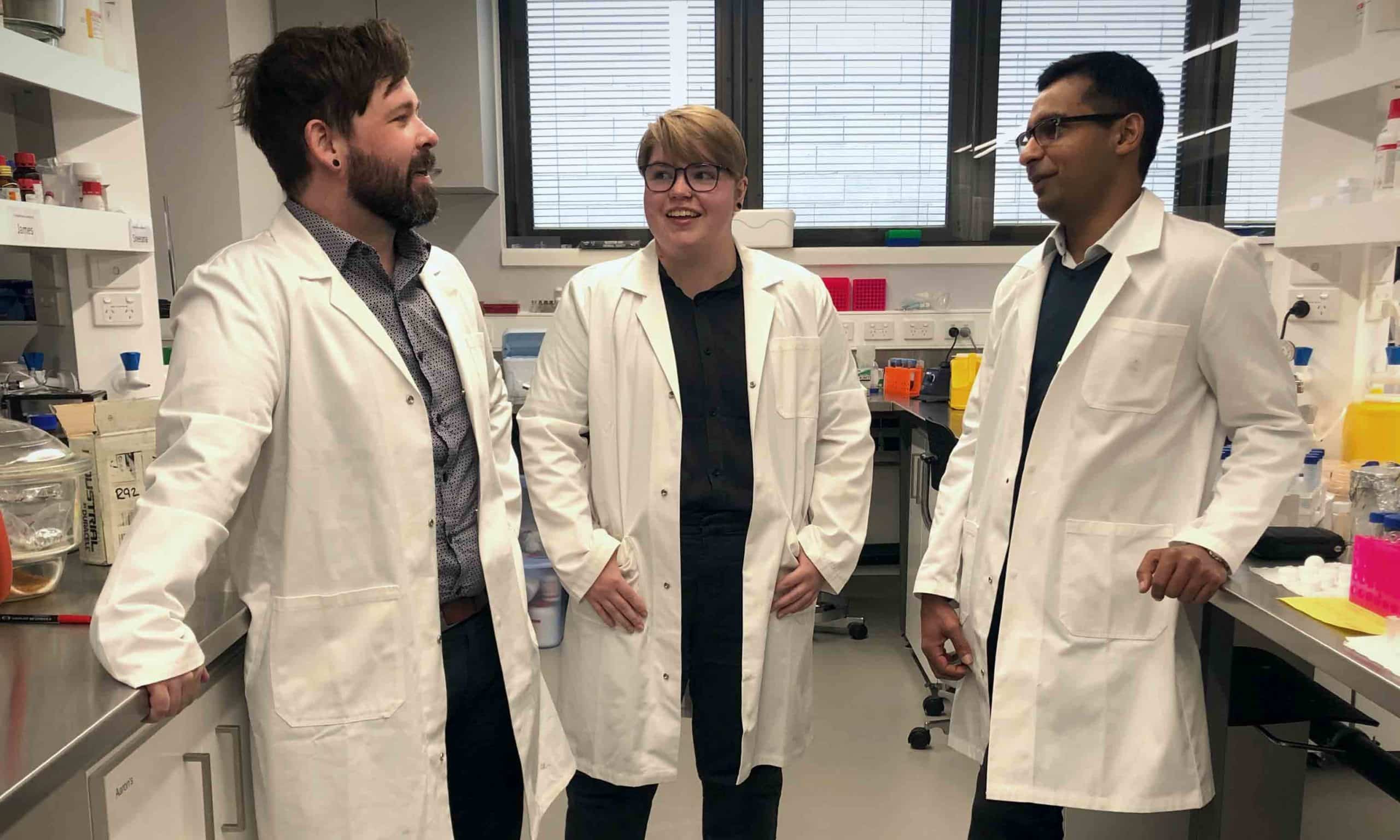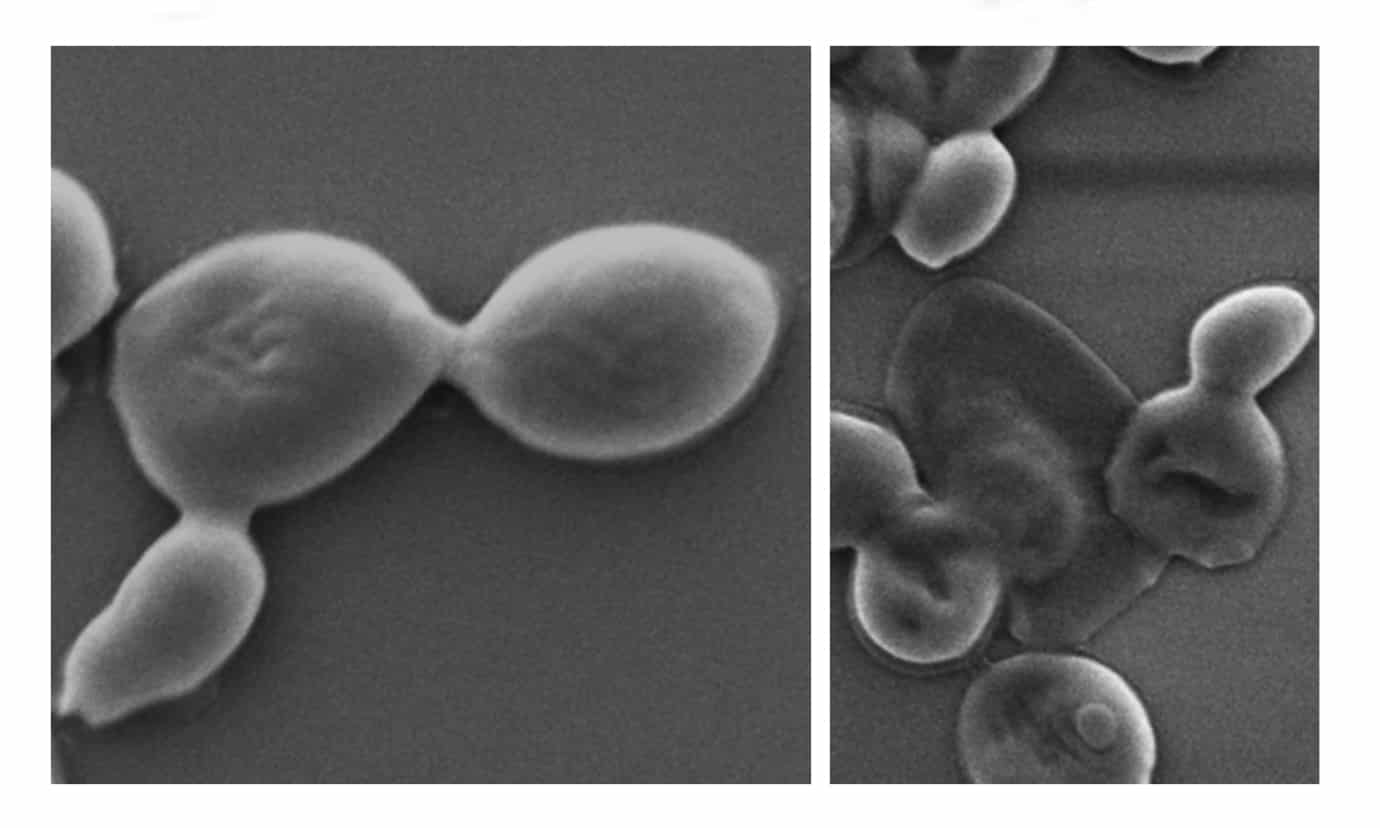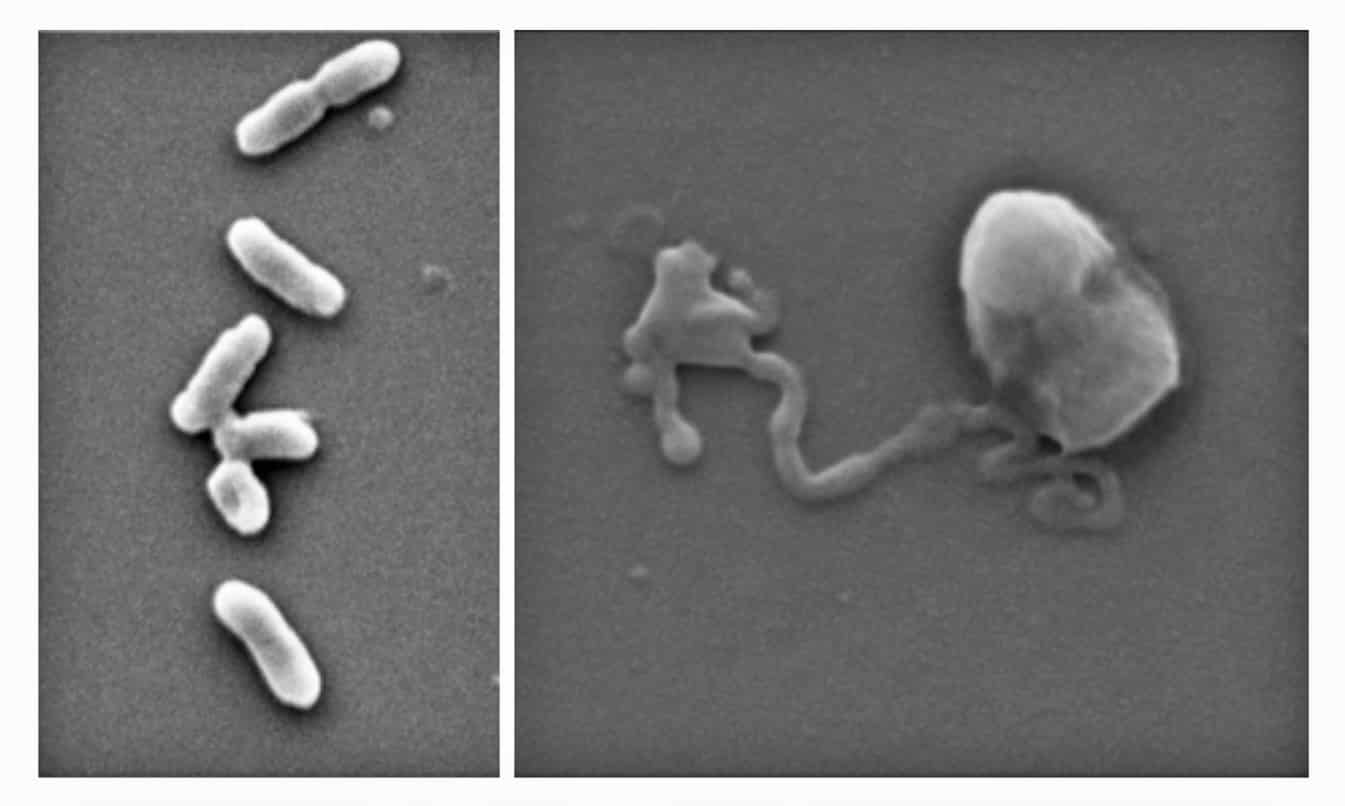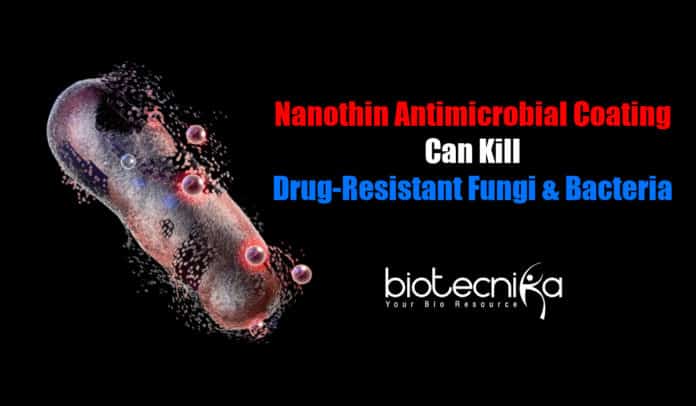Nano Thin Superbug Killer Can Kill Drug-Resistant Bacteria & Fungi
Scientists have devised a new superbug-killing film that could be used on implants and wound dressings to treat and prevent potentially deadly fungal and bacterial infections.
The product is among the thinnest antimicrobial films created to date & is effective against an extensive set of drug-resistant fungal and bacterial cells, without harming human cells.
Antibiotic resistance is a major worldwide health issue, resulting in a minimum of 700,000 fatalities annually. Without the advancement of new antibacterial treatments, the death toll might increase to 10 million people annually by the year 2050, summing to $US100 trillion in healthcare expenses.
While the disease burden of fungal infection is less acknowledged, worldwide they kill around 1.5 million individually annually & the death toll is increasing. A rising threat to hospitalized COVID-19 patients for instance is the prevalent fungus, Aspergillus, which is capable of causing deadly secondary infections.
The new film developed by the team supervised by RMIT University, Melbourne, Australia, is made with a 2D material that is ultra-thin and till now has primarily been considered for next-generation electronics.
Research on BP (Black Phosphorus) has shown that it has some antifungal & antibacterial features, however, the material was carefully analyzed for prospective clinical purposes for the first time.
The new study findings, published in Applied Materials & Interfaces, a journal by the American Chemical Society, discloses that BP works well at destroying microbes when spread in ultrathin coatings on surfaces such as cotton and titanium, utilized to make wound dressing and implants.

Co-lead scientist Dr. Aaron Elbourne stated that finding one product capable of preventing both fungal and bacterial infections was a significant breakthrough.
Elbournbe, a postdoctoral researcher from the School of Science, RMIT claimed that these pathogens are accountable for huge health burdens and since drug resistance is steadily rising, their ability to cure these infections becomes really hard.
They require advanced new weapons for the fight against superbugs, which doesn’t contribute to the antimicrobial resistance issue.
Their nano-thin layer is a dual bug destroyer that functions by tearing the fungal and bacterial cells apart, which microbes will struggle to cope up with. It would take several years to naturally evolve new mechanisms to defend against such deadly physical attacks.
While they require additional studies to be able to implement this technology in clinical setup, it is an interesting new way in the search for more productive methods to address this major health issue.
Co-lead scientist Associate Prof. Sumeet Walia, School of Engineering, RMIT, has led pioneering research with BP for brain-mimicking electronics and artificial intelligence technology before.
Walia asserted that BP disintegrates when subjected to oxygen, which is generally a massive issue for electronics and something they had to solve with meticulous precision engineering to devise their technologies.
However it turns out products that disintegrate quickly with oxygen can be suitable for destroying microorganisms- it is exactly what the researchers working with antimicrobial technologies were trying to find.
So one’s issue was another one’s solution.
How does the nano-thin bug killer work?
As BP disintegrates, it oxidizes the fungal cells’ and germ’s surface. This phenomenon is known as cellular oxidization, which ultimately tears them apart.
In the new research, the main writer and postdoctoral fellow Zo Shaw evaluated the effectiveness of the ultrathin coatings of BP against 5 kinds of fungus, including Candida auris and 5 prevalent bacterial strains, including drug-resistant MRSA and E.coli.
Within merely 2 hours, around 99% of fungal and bacterial cells were destroyed.

Significantly, the BP started to self-disintegrate within that time and was completely broken down by 24 hours-a crucial property that indicates the material wouldn’t accumulate within the body
The laboratory research found the optimum levels of BP that have a lethal antimicrobial impact while leaving human cells unharmed.
The scientists have currently started testing with various formulations to evaluate the efficacy on a range of medically pertinent surfaces

The group is keen to team up with competent industry partners to advance the technology more, for which a provisional patent application has been submitted.
New nanotechnology by RMIT, Black phosphorous-based coating, Nano thin antimicrobial coating, Black phosphorous-based coating, Nano Thin Superbug Killer, New nanotechnology by RMIT, Black phosphorous-based coating, Superbug Killer, New nanotechnology by RMIT, Nano thin antimicrobial coating
Also Read: Buildings Can Now Be Made Of Fungi






























